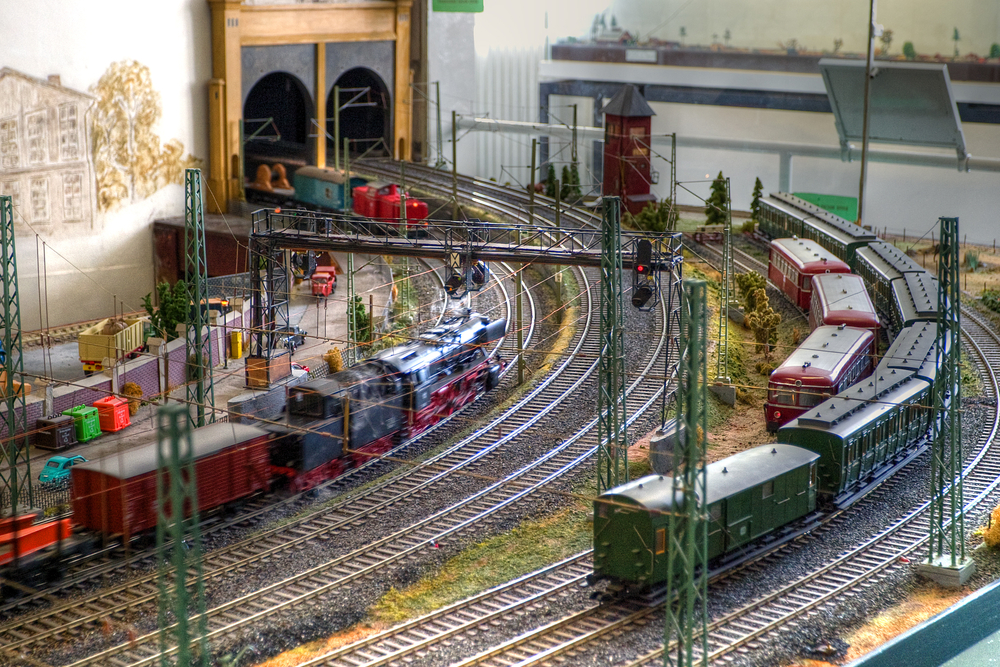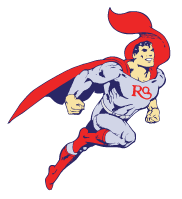Although steam engine trains and locomotives were not built until the 1800s, the concept of trains is far older. For beast-drawn wagons, the ancient Romans built a paved railway system. Later, in England’s coal mining regions, horse-drawn wagons based on the same fundamental concept were created to transport coal from mines to river loading locations. Both of these trains are forerunners to today’s modern trains.
However, the concept of having miniature railroads did not originate in the United States. German artisans built the earliest miniature trains in the 1830s. These may be pushed down a track. Like the famous tin soldiers, they were manufactured by pouring molten brass or tin into a mold. A full toy train was created by attaching hand-carved wooden fittings to metal bases. They were usually delicate and didn’t have any moving parts.
Note that this only explains the invention of the idea of model trains and its history, which leaves the question of who produced the first model train?
What person can the invention be traced back to?
In the 1830s, Mathias Baldwin, the creator of the Baltimore Locomotive Works, created an early passenger train model. Several other toymakers made their versions by the end of the decade. In 1856, Connecticut’s George Brown & Co. was credited with creating the first known self-propelled American model train.
However, trains in the United States were different from those in Europe since they had to be durable and authentic to be considered legitimate collectibles. For the Americans, the French trains were just too fragile to ship safely, and the German lead and wood trains and the English “dribblers” were far too crude for the American market.
What was the progression of the invention of model trains?
In 1891, a German manufacturer called Marklin produced the first mass-market model train sets, and by the early 1950s, model trains were by far the most common toy among boys in the United States. By the 1970s, Marklin Model Railways introduced the public to Z-scale trains, half of the N-scale model trains. Many advancements in electronics had occurred by this time, influencing the production process of electronic model trains. These advances affected the way model trains operated on the rails.
Model train kits got increasingly realistic as technology evolved. New applications of electricity improved model train engines, and the advent of plastic allowed designers to make wonderfully detailed, lifelike model trains. Many different train scales are available today, and over half a million people in the United States and Canada are estimated to collect model trains.
At Charles Ro, we are committed to preserving the unique culture and heritage of the model train industry alongside several others. We have experienced personnel available to educate you on topics like these. Contact us at Charles Ro today and find out all we have to offer!


